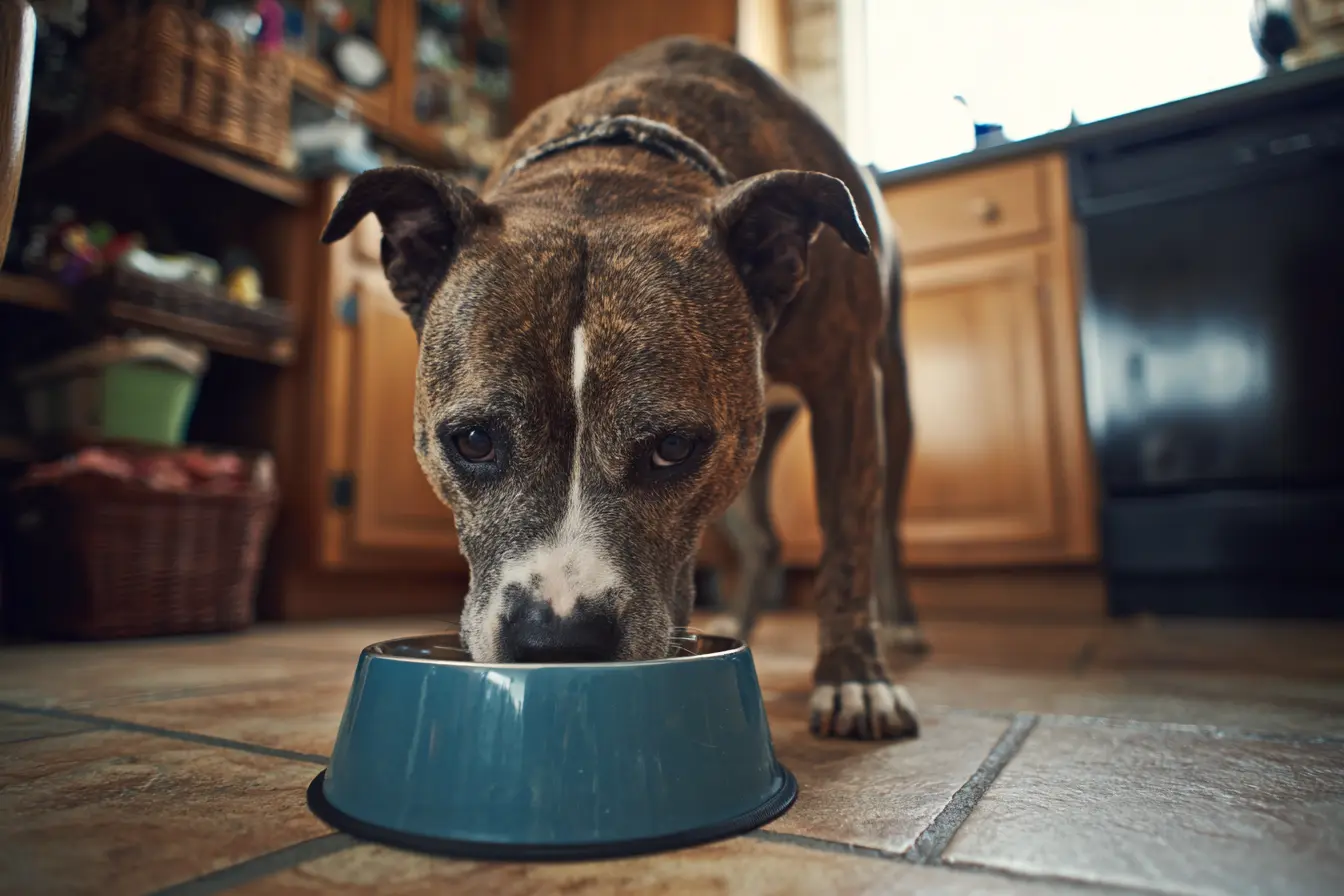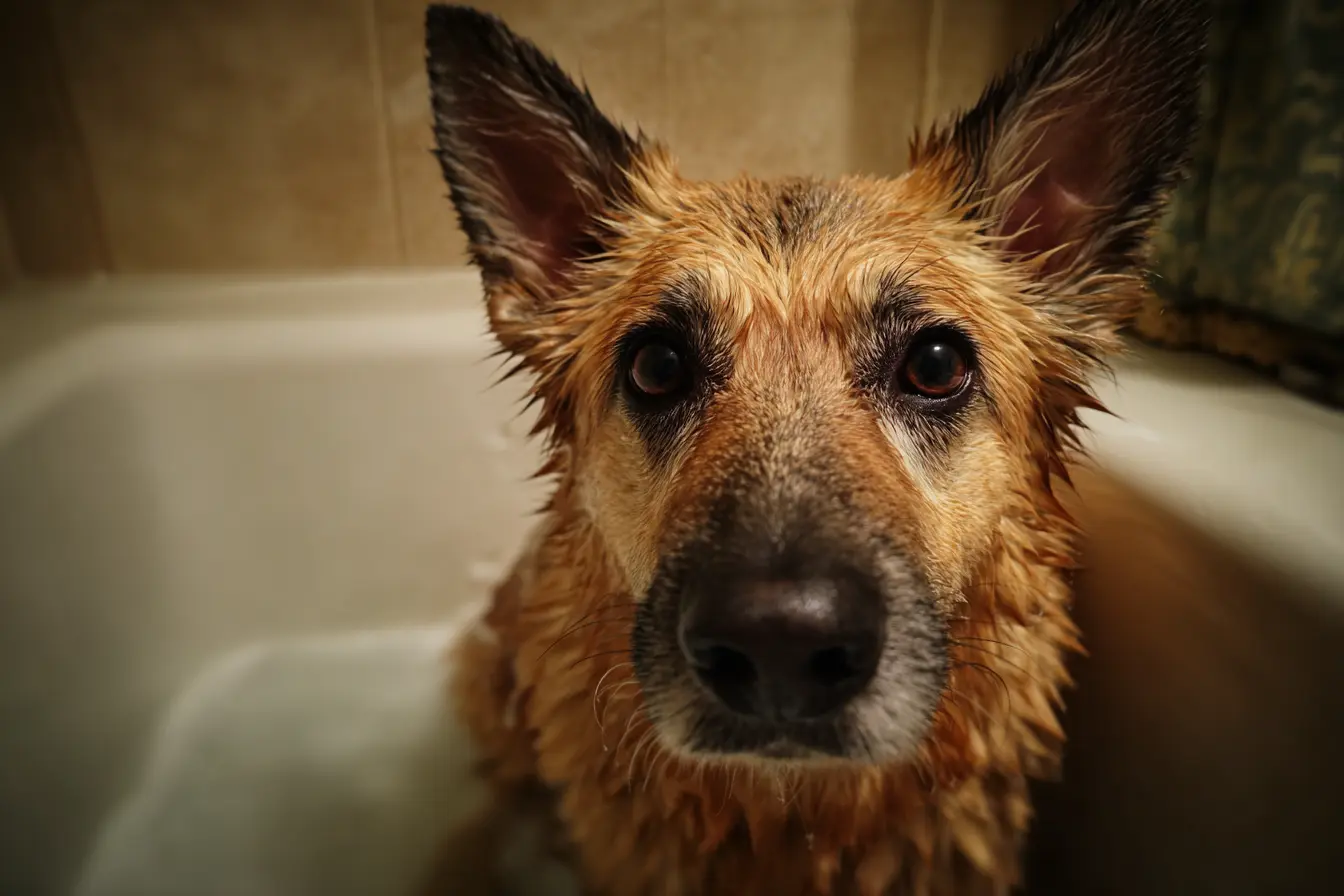
How Much Exercise Does Your Dog Need?
Exercise is essential for every dog’s physical and mental health. But how much is enough? The answer depends on your dog’s breed, age, health, and personality. In this guide, we’ll cover everything dog owners need to know to ensure their canine companions get the right amount — and type — of exercise.
Why Exercise Is So Important
Regular exercise helps your dog to:
- Maintain a healthy weight
- Prevent behavioural issues such as chewing or barking
- Improve cardiovascular health
- Strengthen muscles and joints
- Reduce anxiety and stress
- Boost mental stimulation
Dogs that don’t get enough exercise can become bored, overweight, and develop destructive habits.
General Exercise Guidelines by Age and Size
Puppies
Puppies have bursts of energy but tire quickly. Their bones and joints are still developing, so over-exercising can be harmful.
- Guideline: 5 minutes of exercise per month of age, twice a day.
- Example: A 4-month-old puppy should get 20 minutes of structured exercise, twice a day.
Note: Playtime counts, and mental stimulation is just as important as physical activity.
Adult Dogs
Adult dogs typically need at least 30 minutes to 2 hours of physical activity per day, depending on breed and fitness level.
- Small breeds (e.g. Pugs, Chihuahuas): 30–60 minutes daily
- Medium breeds (e.g. Cocker Spaniels, Bulldogs): 1–1.5 hours daily
- Large breeds (e.g. Labradors, German Shepherds): 1.5–2 hours or more
Senior Dogs
Older dogs may be less active, but they still need daily gentle exercise to maintain mobility and mental sharpness.
- Guideline: 30–60 minutes of low-impact activity (e.g. walks, light play)
- Monitor for stiffness, fatigue, or discomfort
Breed-Specific Needs
Some breeds require significantly more exercise due to their working or sporting backgrounds:
High-Energy Breeds
- Border Collies
- Vizslas
- Huskies
- Belgian Malinois
- Springer Spaniels
Need: 2+ hours of vigorous exercise, plus mental enrichment
Low-Energy Breeds
- Basset Hounds
- Shih Tzus
- Great Danes
- Bulldogs
Need: 30–60 minutes of moderate activity
Types of Exercise
Daily Walks
The foundation of any dog’s routine. Walks provide physical exercise, mental stimulation, and social exposure.
- Use varied routes to keep things interesting
- Allow time for sniffing — it’s mentally enriching
Playtime
Games like fetch, tug-of-war, and chase are great fun and excellent exercise.
- Use toys that suit your dog’s size and chewing strength
- Rotate toys regularly to maintain interest
Off-Lead Exercise
Letting your dog run freely in a secure area helps burn off energy.
- Use enclosed parks or fields
- Ensure reliable recall before going off-lead
Training and Puzzle Games
Mental workouts are just as tiring as physical ones.
- Teach new tricks or commands
- Use puzzle feeders or hide-and-seek games
Canine Sports
Agility, flyball, and scent work are great for energetic breeds and strengthen the bond between dog and owner.
Adjusting for Health Conditions
Dogs with health issues (e.g. arthritis, heart disease, obesity) may need customised exercise plans.
- Speak to your vet for guidance
- Consider physiotherapy or hydrotherapy if appropriate
Signs Your Dog Needs More Exercise
- Destructive behaviour (e.g. chewing furniture)
- Hyperactivity indoors
- Barking or whining excessively
- Restlessness or pacing
- Weight gain
Signs of Over-Exercising
Yes — too much exercise is also a concern, especially in puppies and older dogs.
- Limping or stiffness
- Reluctance to walk
- Excessive panting
- Sore paws
- Lethargy
Tip: Always build up gradually if increasing exercise.
Tips for Busy Owners
- Break up walks into shorter sessions if needed
- Use dog walkers or doggy day care
- Incorporate interactive toys and indoor games
- Enrol in dog sports or training classes
Final Thoughts
Exercise is not a one-size-fits-all prescription. The key is to understand your dog’s individual needs and find a routine that suits their energy levels, age, and health. Consistent, varied, and age-appropriate activity will help your dog stay fit, happy, and well-behaved.
Related Vets
Vets near you
Speciality vets
- Aquatics vet specialists
- Birds vet specialists
- Camelids vet specialists
- Cats vet specialists
- Cattle vet specialists
- Deer vet specialists
- Dogs vet specialists
- Equines vet specialists
- Exotic vet specialists
- Goats vet specialists
- Pigs vet specialists
- Poultry vet specialists
- Sheep vet specialists
- Small Mammals vet specialists
- Wild vet specialists










